
The James Webb Space Telescope (JWST) has reportedly detected six supermassive “dark stars” in the early universe, each potentially millions of times more massive than the Sun and powered by dark matter annihilation rather than nuclear fusion. These findings, led by researchers including Katherine Freese, suggest these objects are not quasars but instead primordial stars sustained by dark matter heating, challenging traditional models of star formation and potentially representing the first observational evidence for dark matter’s role in powering stellar objects.
What Are Dark Stars?
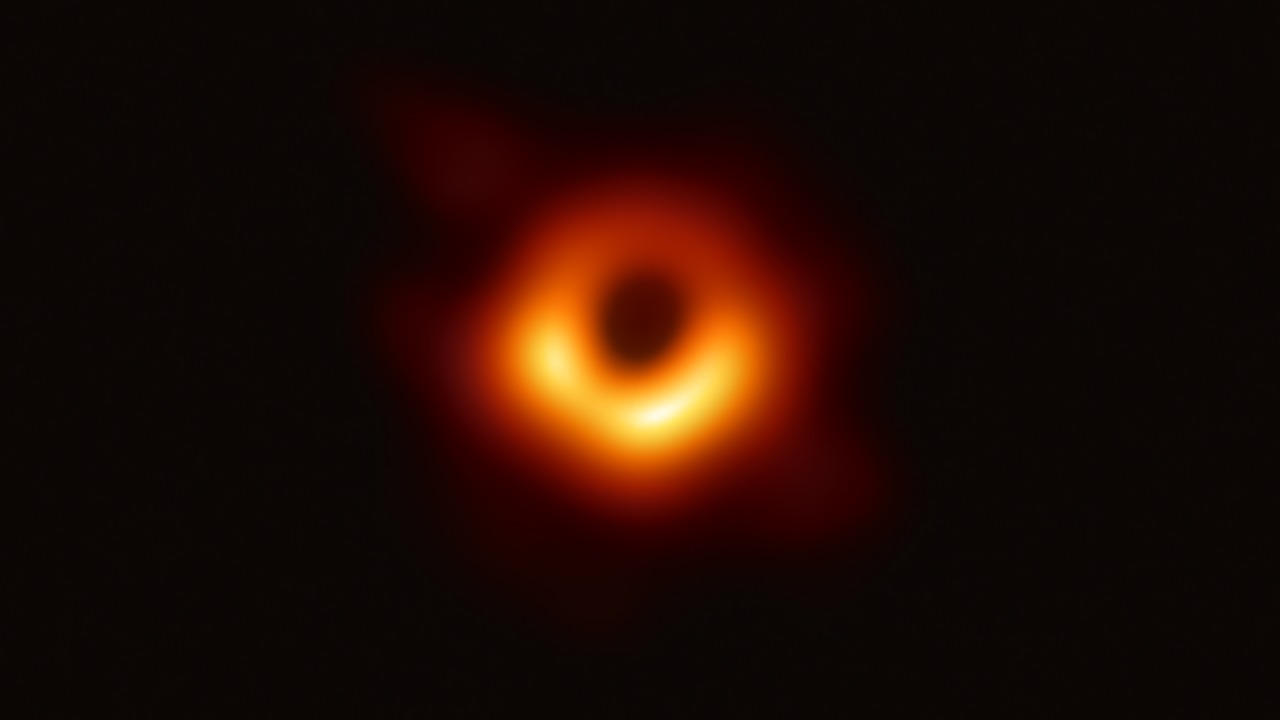
The concept of dark stars was first proposed in 2007 by Katherine Freese and her colleagues. They theorized that dark matter particles, such as weakly interacting massive particles (WIMPs), could annihilate within the core of a star, producing heat. This heat would prevent the star from collapsing, allowing it to grow to supermassive sizes, potentially up to 10 million solar masses, without the need for nuclear fusion (The Debrief).
Unlike regular stars or black holes, dark stars are thought to have bloated, cool exteriors with hydrogen atmospheres that emit light in the infrared spectrum. This makes them detectable by JWST’s near-infrared capabilities (Sci News). It has been predicted that dark stars would have been abundant in the early universe, lasting up to a million years before collapsing into black holes, potentially seeding the supermassive black holes observed today (New Scientist).
The James Webb Space Telescope’s Capabilities
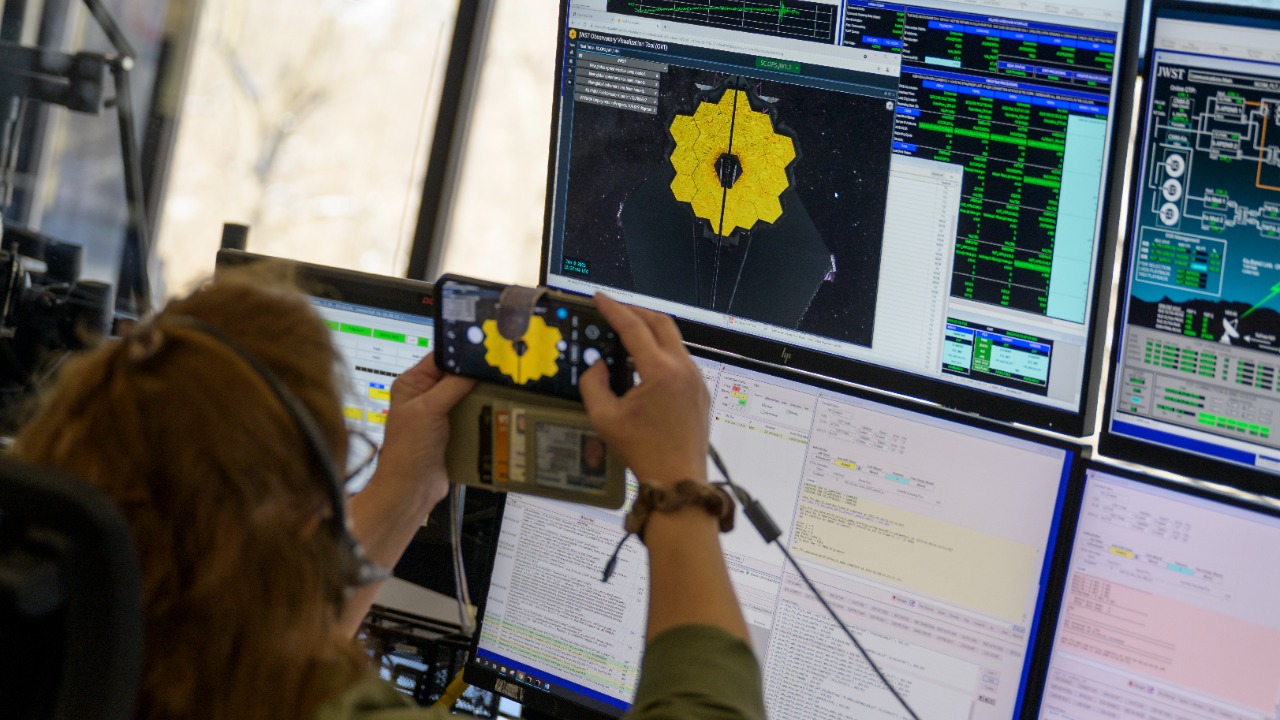
The JWST’s NIRCam instrument captured the spectra of these dark star candidates at redshifts between 10 and 15, revealing emission lines consistent with massive, metal-poor stars rather than active galactic nuclei (Futurism). The telescope’s sensitivity to faint, distant objects in the early universe has enabled the Cosmic Evolution Early Release Science (CEERS) survey to probe regions from 320 million years after the Big Bang (Science News).
Compared to its predecessor, the Hubble Space Telescope, JWST has a significant advantage due to its focus on the infrared spectrum. This allows it to pierce through cosmic dust and reveal hidden stellar nurseries that could potentially host dark stars (The Debrief).
Key Observations from the CEERS Survey

The CEERS survey identified six specific candidates, labeled CEERS-1019, with luminosities indicating masses around 1 million solar masses. These candidates did not show the central accretion disk signatures typical of quasars (Sci News). Spectral analysis showed helium emission lines and a lack of nitrogen, supporting a dark matter-powered model over standard Population III stars (Futurism).
Interestingly, these objects were found to cluster in a small region of the sky, suggesting they formed in dense dark matter halos during the cosmic dawn era (New Scientist).
The Scientific Paper’s Claims
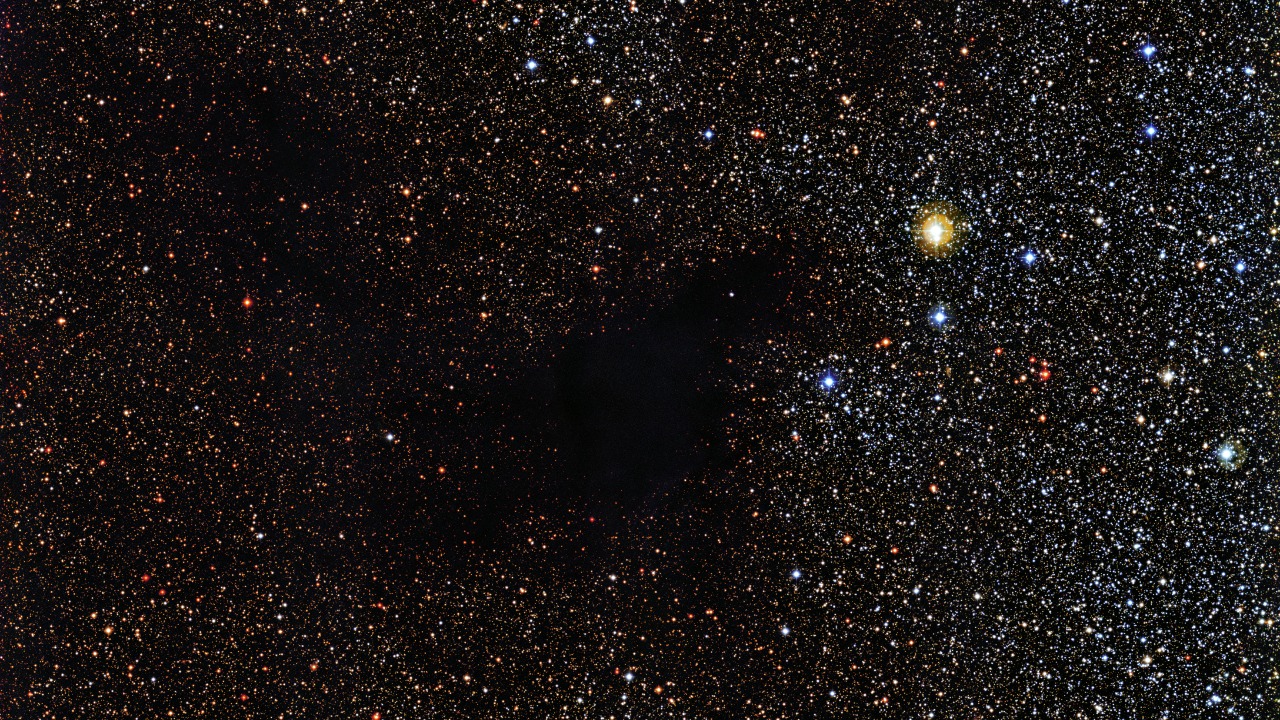
Lead author Katherine Freese asserts that these objects are the “smoking gun” for dark stars. According to her, models matching JWST data indicate that dark matter annihilation provides 100 times more energy than fusion, powering these stars (The Debrief). The modeling process included hydrodynamic simulations predicting dark stars’ red colors and high masses, with the paper submitted to The Astrophysical Journal Letters (Science News).
Alternative explanations, such as obscured active black holes, were ruled out due to the absence of broad emission lines in the spectra (Sci News).
Implications for Dark Matter and Cosmology
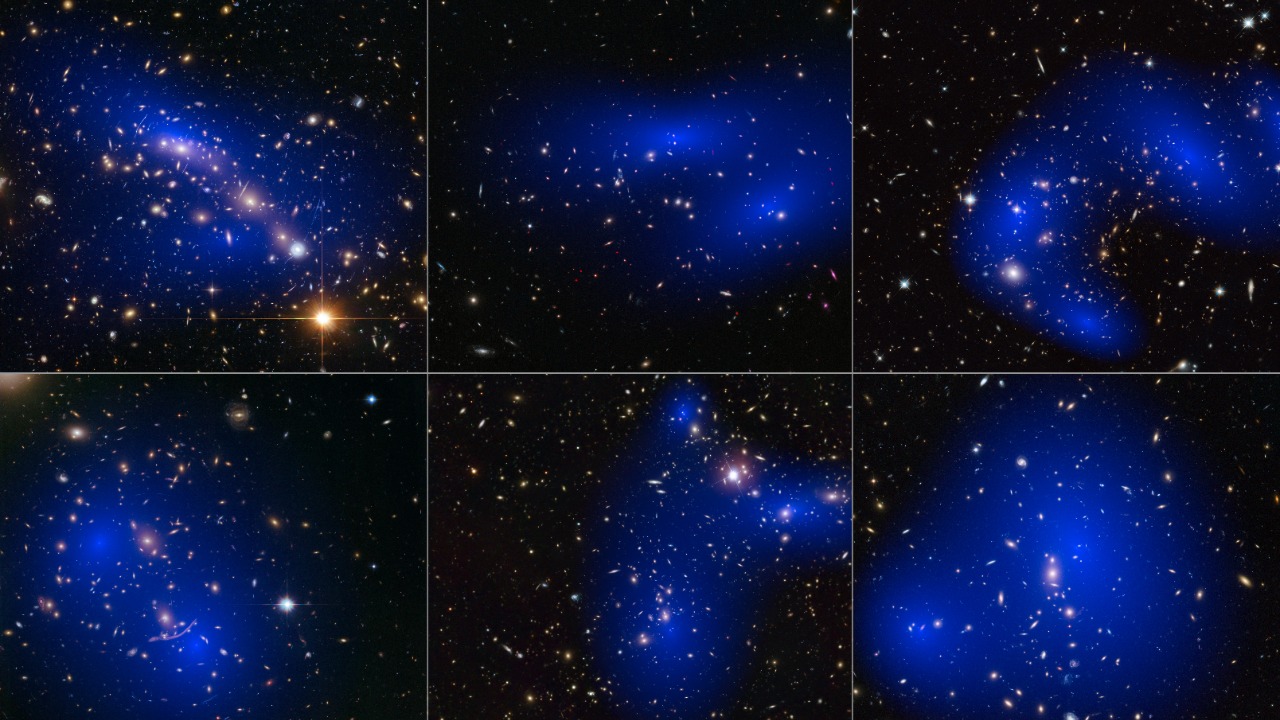
If confirmed, the existence of dark stars would validate WIMPs as dark matter candidates, providing indirect evidence through their annihilation signatures (New Scientist). There could also be a potential link to supermassive black hole formation, as the collapse of dark stars could explain the rapid growth of quasars seen at high redshifts (Futurism).
These findings could have broader impacts on our understanding of the universe’s first stars and the reionization epoch, potentially reshaping timelines for cosmic structure formation (Science News).
Expert Reactions and Caveats
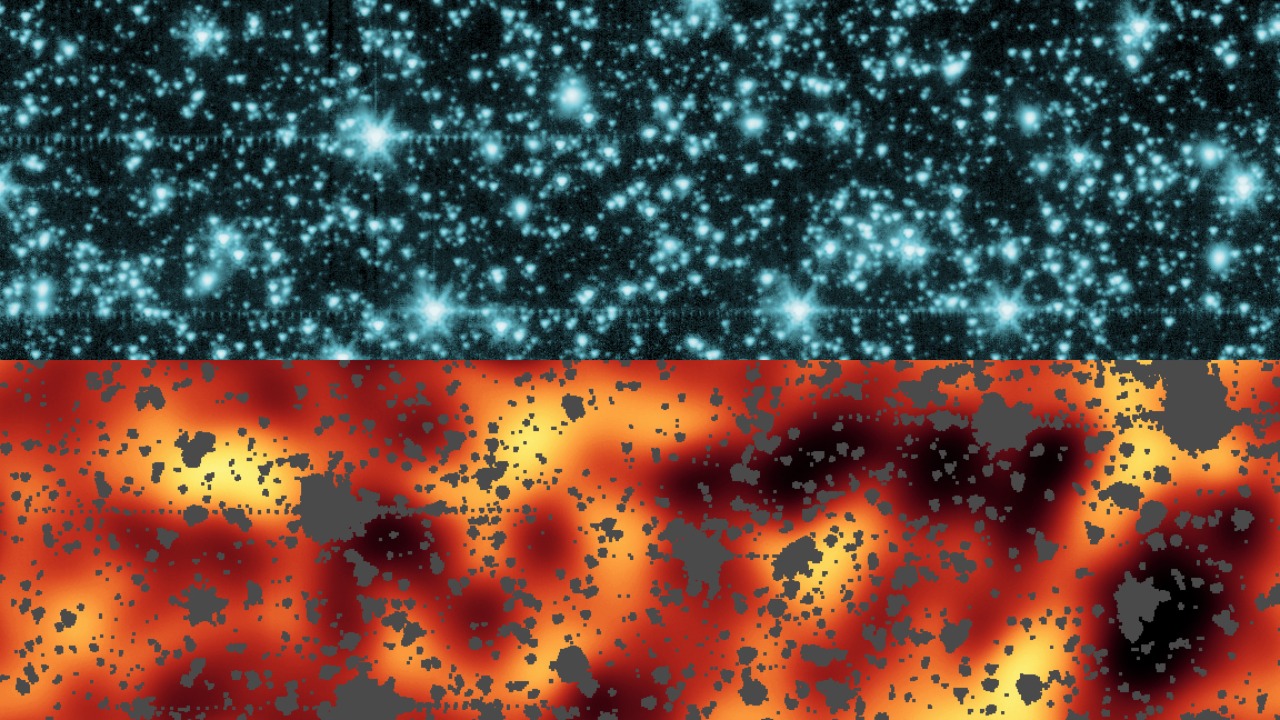
Co-author Alexander Kashlinsky has noted the objects’ unexpected brightness and isolation, calling them “cosmic beasts” unlike known galaxies (The Debrief). However, there is skepticism from experts like Priyamvada Natarajan, who urges more JWST follow-up to distinguish dark stars from other exotics like direct collapse black holes (New Scientist).
It’s important to note that these are still candidates pending deeper spectroscopic data, emphasizing the need for confirmatory observations (Sci News).
Future Research Directions
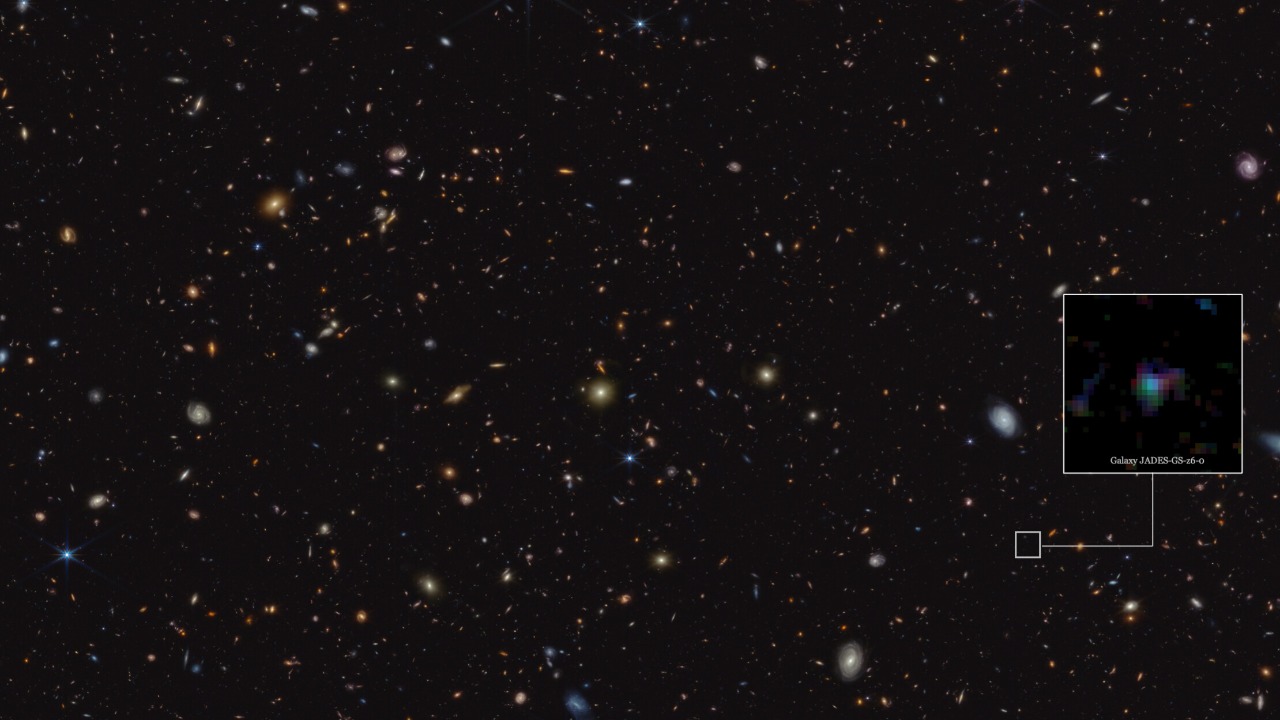
Upcoming JWST programs like the JADES survey could hunt for more dark star candidates across larger sky areas, potentially finding hundreds (Futurism). Data from other telescopes, such as Euclid, could be integrated to map dark matter distributions around these objects (Science News).
There is also a need for theoretical advancements, including refined dark matter models to predict observable signatures like gamma-ray emissions from annihilation (The Debrief).